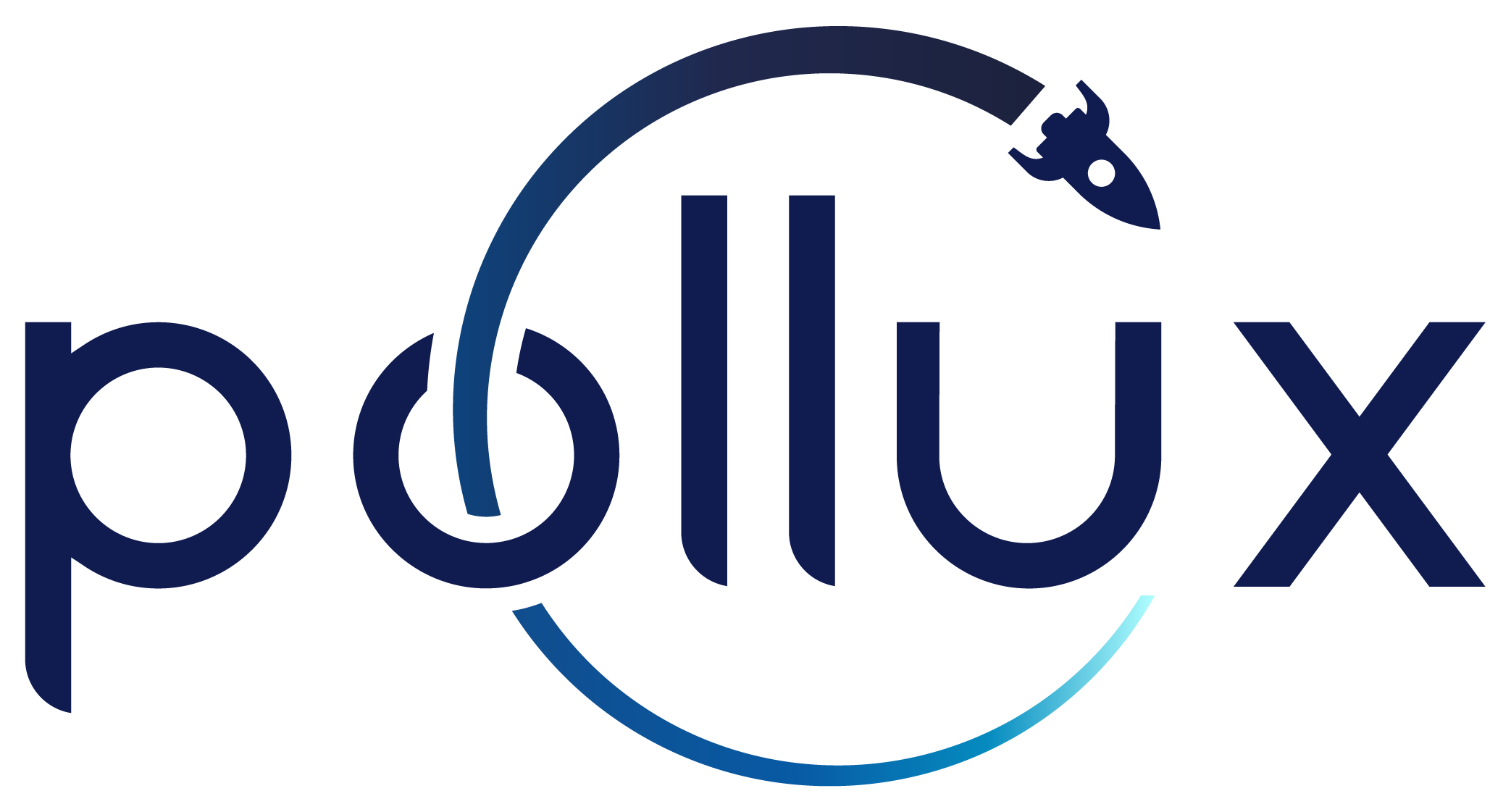GEMINUS
In 2022, Pollux reached a milestone after the launch of its first in-house project, the Thestias balloon. Pollux aims to commercialize the stratospheric balloon, with the determination to transform Thestias into a commercial product for companies in the space sector, emerging as the Geminus project.
The project involves the recreation of the Alpheus platform, a completely restructured stratospheric balloon launch platform, accommodating experimental payloads entirely conceived by Pollux. Aimed at overcoming previous failures and inaccuracies of the original project, Geminus offers a product capable of housing various payloads from external entities in tests at low pressures and temperatures.
Geminus relies on crucial collaboration from LIP, a laboratory located in the Physics department of the University of Coimbra, which provides all the necessary material for the launch, as well as testing one of its units in these stratospheric conditions.
The team assigned to this project consists of the project manager, Tiago Henriques, the team leader responsible for coordinating the remaining members, and finally the engineering team, which is divided into three divisions. The balloon team deals with all parameters related to the flight and launch. Second, we have the team responsible for the design, programming, and testing of the gondola, the structure that encompasses all the payloads and electronics to be tested. Lastly, the payloads team bridges the gap between the unit produced by LIP and all electronics produced by Pollux.
With the launch scheduled for May 2024, this project represents the beginning of an innovative journey for Pollux in the space field, fostering collaboration and growth.
CAMO
(Modular Aerospace Communication)
CAMO consists of a communication system adaptable to stratospheric balloon launching projects of different scales. The project aims to enable real-time communication with stratospheric balloons using radio frequencies, with a maximum distance of 250 km.
To ensure the quality of the model and surpass identified imprecisions from the Thestias project, information regarding its communications component was collected and analyzed. Subsequently, utilizing the research findings, a system capable of meeting all initially idealized requirements was conceived. Finally, following the success of previous steps and the creation of the communications system, the process concludes with its implementation and evaluation under conditions simulating the launching of the stratospheric balloon. The engineering team is responsible for these tasks, as well as documenting the system.
In parallel, the project manager and quality manager coordinate the remaining team members and supervise the entire elaboration process. They also oversee the revision and approval of documents following adopted standards such as ISOS and ECSS.
Additionally, the team includes members from Human Resources, Finance, Commercial, and Communication and Marketing departments to ensure the operability of the project across its various facets.
Through this system, communication with the stratospheric balloon developed in the Geminus project will be possible, setting a pattern for viable communications in future projects.
Thestias
Thestias is Pollux’s first project: a balloon that will fly into the stratosphere and collect important data to aid future launches. The payload, contained by the stratospheric balloon, is entirely Pollux’s own and during the flight it will measure, in real time, atmospheric temperature and pressure variations according to factors such as altitude, location or vertical and horizontal accelerations to better understand the balloon’s flight profile.
Thestias intends to highlight the potential of university students in the execution of a highly demanding project, which follows international standards aimed solely at space – European Cooperation for Space Standardization (ECSS’s). Like all space projects, Thestias is regulated by several reviews, which are highly relevant milestones for the approval/or not of the project. Once the Preliminary Design Review (PDR) and Critical Design Review (CDR) have been completed, the Acceptance Review (AR) will follow, at which point the construction of the balloon will begin, and finally the Launch Readiness Review (LRR).
Having a multi-faceted team with different backgrounds, the Thestias work team is divided between engineering and coordination groups – working groups (CWP – Control Work Package).
Artie
Artie is the project aimed at analysing the data coming from Thestias, a project previously developed by Pollux. It aims to confirm whether the predictions made during the development phase of Thestias are correct. If this is not the case, it is necessary to define what can be improved so that future projects do not have the same problems.
The project takes its name from the astronomer Artie P. Hatzes who discovered the star Thestias.
The project team consists of the project manager, Rita Singéis who is responsible for leading the team and ensuring deadlines are met, David Ferreira who is responsible for analysing the data from Thestias, creating graphics and contextualising the bibliography, Gonçalo Santos who is responsible for assessing the quality of the analysis and creating proposals for improvement. This project counts with the collaboration of Joana Urbano, who is the consultant responsible for supervising the development of the project, providing support and guidance and with the support of Anna Beatryz, a member of the quality management team. Anna Beatryz has as her main duty the creation of documents which are necessary for the good functioning of the project as well as guaranteeing that the established quality programme is fulfilled.

